
Film Restoration: Re Releases!
Nov 09 2025
Film Restoration in Digital Era!
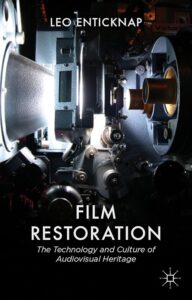
Film is not a pastime. It is a time capsule woven from imagination, memory, and human experience. Yet the medium that carries it is heartbreakingly mortal. Celluloid buckles under vinegar syndrome, colors drift like abandoned frescoes, and magnetic audio fades into ghostly whispers. Without intervention, these films vanish—not into libraries or footnotes, but into silence.
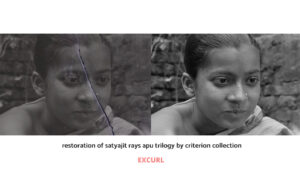
Restoration reverses that fate. It does not simply repair; it resurrects. It brings cinema back to life with the same charge it once unleashed: to provoke, to move, to teach, to redefine culture. Around the world, this mission gathers archivists under FIAF, committed to preserving film as both art and historical record.
India, long a cinematic supercontinent, is now entering a restoration renaissance: a fusion of public will, private expertise, and international collaboration aimed at safeguarding everything from Bollywood’s golden era to regional treasures and global classics.
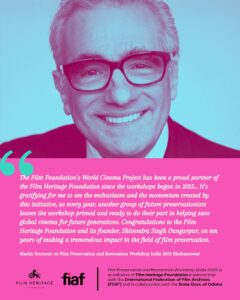
The Global Push: Scorsese, Spielberg, and the World’s Memory Keepers
No modern voice is louder in this cause than Martin Scorsese. Through The Film Foundation’s World Cinema Project, over seventy neglected masterpieces have been revived—films from continents and cultures that traditional canons often overlooked. Restoration here becomes cultural justice.
Among the finest examples stands Lawrence of Arabia. The 1988–89 restoration overseen by David Lean and executed by Robert A. Harris and Jim Painten was painstaking—a cinematic archaeological dig. Decades later, its 50th-anniversary restoration, scanned in 8K and remastered in 4K with critical work done at Prasad Studios in India, reaffirmed how global the craft of restoration has become. Spielberg championed these revivals alongside Scorsese, proving that filmmaker advocacy is essential infrastructure
India’s Archival Awakening
After decades of reel neglect, India’s restoration movement is rising through two key pillars:
NFDC–NFAI
Now merged with NFDC, it anchors the National Film Heritage Mission. Its mandate spans acquisition, preservation, digitization, and screenings that reconnect India with its long-buried cinematic past.
Film Heritage Foundation (FHF)
Shivendra Singh Dungarpur’s FHF combines archival passion with international expertise. As a FIAF associate, it restores titles, hosts global partnerships, and trains future preservationists through rigorous workshops.
Together, these institutions have turned forgotten vaults into vibrant restoration studios.
Restorations Defining 2024–25
The past two years have seen Indian restorations shine on global and domestic stages:
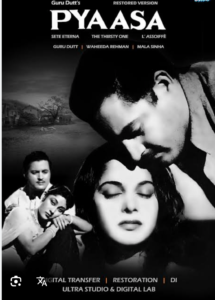
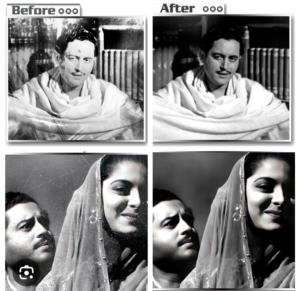
Pyaasa (1957)
A luminous 4K restoration for Guru Dutt’s centenary, reviving a national treasure and igniting a multi-city theatrical resurgence.
Aranyer Din Ratri (1970)
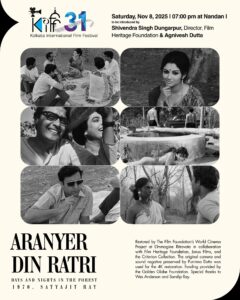
A six-year restoration odyssey by The Film Foundation, FHF, Janus, and Criterion. Its 4K revival at Cannes Classics 2025 felt like memory reborn.
Manthan (1976)
Restored in 4K by FHF and premiered at Cannes 2024, reaffirming the power of cooperative storytelling.
Sholay (1975)

A monumental 4K restoration that reinstated the original ending and unearthed lost scenes. Its 2025 premiere at the Academy Museum recast an Indian giant for a global audience.
These are not restorations; they are cinematic rescues—detective work with color science, physics, chemistry, and digital artistry.
Indian Hands on Hollywood’s Helm
Indian laboratories are no longer backup players. They are global collaborators. Prasad Group’s role in Lawrence of Arabia and its launch of Asia’s largest HDR projection and grading suite in 2025 marks India as a technical innovator in preservation, not just a service hub
Revival on the Big Screen
Restoration finds its true meaning when audiences return:
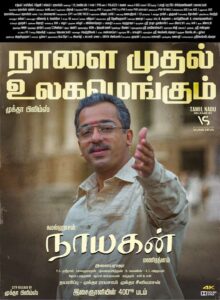
Nayakan (1987)
A 4K re-release that drew massive crowds after a legal greenlight in 2025.
Amaram (1991)

A 4K Dolby Atmos revival that reaffirmed Malayalam cinema’s emotional depth.
Thevar Magan (1992)
Currently undergoing an eagerly awaited 4K restoration poised to set the screen roaring again.
Restored films do not behave like relics. They behave like living creatures—rediscovered, re-experienced, reborn.
FHF’s Enduring Legac
FHF’s contribution goes beyond individual titles. Its Preservation & Restoration Workshop, now a decade strong with FIAF, is shaping a new generation of restoration professionals. Their collaborations with Bologna’s L’Immagine Ritrovata ensure that Indian films meet the world’s highest archival standards. From Thampu to Ishanou, linguistic and cultural diversity remains at the core.
Why Act Now
Every day lost accelerates decay. Entire eras risk erasure. But the rewards of preservation ripple outward:
• cultural equality for regions and languages
• economic returns through festivals, streaming, and tourism
• educational value for new filmmakers and historians
• survival of analog craft and cinematic literacy
Scorsese’s Foundation, NFDC–NFAI, FHF, and Indian studios collectively prove that restoration is not nostalgia. It is stewardship.

From Film Print to 4K Restoration
Key Steps (Simple + Technical)
1. Inspection and Repair
- Every reel is manually inspected for tears, shrinkage, fungus, dust, and vinegar syndrome.
- Physical repairs: splicing broken frames, cleaning perforations, repairing torn edges.
2. Wet-Gate Cleaning
- Prints or negatives are run through a wet-gate cleaner.
- A special liquid fills scratches temporarily so the scanner can capture a smooth image.
3. High-Resolution Scanning (2K / 4K / 8K)
- Film is scanned frame-by-frame using a laser or HDR scanner.
- Each frame becomes a high-bitrate digital image sequence (DPX/EXR files).
- Original grain structure is preserved during capture.
4. Image Stabilization
- Corrects gate weave, warping, and jitter from old mechanical cameras and aged reels.
- Frames are aligned to restore the intended steadiness.
5. Dust, Scratch, and Damage Removal
- Scratches, dirt, mold spots, flicker, tears, and stains are digitally cleaned.
- Both manual “frame painting” and automated tools are used.
6. Color Grading & Reference Matching
- Colors are compared with reference prints, lab notes, director or cinematographer guidance (if available).
- Restores original contrast, skin tones, lighting mood, and black levels.
- HDR/Dolby Vision passes may be added for modern screens.
7. Sound Restoration
- Optical or magnetic soundtracks are digitized separately.
- Noise removal, EQ correction, hiss reduction, and sync alignment are performed.
- Surround upmixes or Dolby Atmos recreations are done if historically respectful.
8. Mastering
- Final delivery formats: 4K DCP for theatrical, ProRes/HDR for streaming, and archival DPX for preservation.
- Long-term storage placed in LTO tapes and cloud vaults.
AI in Film Restoration
Modern Uses and Advantages
1. Automated Dust & Scratch Removal
AI models detect dirt patterns and distinguish them from film grain, allowing faster and cleaner restoration with less manual work.
2. Frame Interpolation & Stabilization
AI predicts missing pixel information, helps stabilize shaky frames, and fixes warped edges.
3. Motion-aware Deblurring
Old handheld or poorly exposed shots are sharpened without losing original grain or texture.
4. Grain Management
AI tools preserve original grain patterns while cleaning damage—maintaining the filmic look.
Helps avoid the “plastic digital look.”
5. Resolution Enhancement (Ethical Use)
Some labs use AI super-resolution for damaged sections where a frame is too degraded.
Used only to recreate missing detail—not to alter the intent.
6. Audio AI Restoration
AI isolates dialogue from noise, removes pops/hum, and improves clarity while respecting authenticity.
7. Missing Frame Reconstruction
AI models predict and rebuild frames lost due to reel damage.
Important for films with torn or decayed sections.
8. Scene-by-Scene Learning
AI adapts to color profiles, lighting styles, and character faces—producing more accurate color and repair results.
Quick Summary
Film to 4K Restoration Workflow:
Inspection → Repair → Wet-gate clean → 4K/8K scan → Stabilize → Clean-up → Color grade → Sound restore → Master.
AI Helps With:
Dust removal, stabilization, deblurring, grain control, missing frames, audio cleanup, ethical super-resolution.
The Takeaway
India is not merely preserving its past. It is actively shaping the future of global restoration. From NFDC–NFAI’s national mission to FHF’s pedagogical depth and Prasad’s technical strength, India stands at the intersection of heritage, innovation, and culture.
Restoration ensures that films like Pyaasa, Sholay, Manthan, Nayakan, and Amaram do not fade into silence. They return to screens with renewed fire.
Cinema lives only when someone fights for it—frame by frame, reel by reel, heart by heart.
Article drafted by
CJ Rajkumar
Author/ Cinematographer
